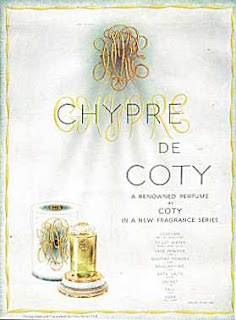Modern Medical Uses of Some Plants of the Qu'ran and the Bible Its Relation to Biodiversity American Center Damascus, Syria - July 2000 Holy Pharmacy Modern Medical Uses of Some Plants of the Qu'ran and the Bible Its Relation to Biodiversity Lytton John Musselman
Introduction
 |
| Rock Rose (Cistus creticus). |
Both the
Qu'ran(1) and the
Bible(2) include plants that have long been used for medicine. The hadith and western folk botany are full of additional references to these plants as well. Only recently has the efficacy of these same plants been documented with modern science. I have selected just a few plants, well known in bilad-al Sham, for discussion. These include garlic (Allium sativum),
rock rose (Cistus creticus), gourd or colocynth (Citrullus colocynthis), tamarisk or tamarix (Tamarix aphylla), myrrh (several species of Commiphora), mandrake (Mandragora officinarum), black cummin (Nigella sativa), and pomegranate (Punica granatum).
Plants of the Bible and the Qu'ran have been one of my research efforts for many years, a fascination that has been enhanced by living and working in Jordan and Syria. There are about
125 plants in the Bible and about twenty mentioned in the Qu'ran. Of course, allowances have to be made for the inclusion of many other species which are not explicitly stated when "fruits," "trees," "thorns," and "weeds" are discussed.
Rock Rose (Cistus Creticus)
In my last lecture, I spoke at length about rockrose, or Balm of Gilead. Because it may be confused with some of the other plants used for balm, especially myrrh, I want to refer to it again and draw upon some recent research.
 |
Cistus creticus : pink and Cistus salvifolius white flowers.
Together in same area(Sises Northen Crete). |
Two species of Cistus are common in Syria,
C. creticus and C. salvifolius. They are easily distinguished by their flower color. The large pink flowers of
C. creticus and the slightly smaller but equally beautiful white flowers of C. salvifolius appear in May. On a hot day, the fragrant
resin of the plants is obvious. Upon closer examination, you can see the numerous hairs that cover the leaves and young stems of both species. The resin will stick to your hands if you collect leaves.
Cistus' resin is fragrant, as noted, and has been used for millennia to produce an incense.
Even today, the resin is collected in parts of Greece. It can be harvested in a variety of ways. One ancient method is to comb the hair of goats who graze in plant communities where Cistus is abundant.
Another is by dragging a rake with long, leather tines across the shrubs at the hottest time of day and then removing the resin when it is dry(14). To my knowledge, it does not have any widespread use among modern Arabs.
The resin is also used for medicine, as a balm that can reduce inflammation of the skin. Recent research on the biochemistry of the plant has shown the efficacy of compounds in the plant for dermatological disorders(15). Recent research in Turkey shows that, of the seven plants used as folk remedies for ulcers, the one with the greatest efficacy was C. salvifolius(16).
http://www.biblicalgardens.org/articles/article-mussleman-modern-medical.htm
Eating and Healing: Traditional Food as Medicine Chapter 16 Aspects of Food Medicine and Ethnopharmacology in Morocco (Mohamed Eddouks) Page 359.
"The holy Qur'an and Hadith include plants that have long been used for medicine. About twenty of the edible plants mentioned in the Qur'an appear in the context of medicines. They include garlic (Ailutm sativum), rock rose (Cistus creticus), colocyrnth (Citrullus colocynthis), tamarisk or tamarix (Tamarix aphylla), myrrh (Commi phara spp), mandrake (Mandragora officinarum), black cummin (Nigella sativa) and pomegranate (Punica granaium). In the Qur'an the olive fruit is mentioned us a condiment (Danne et al, 1993) Ginger's present-day use is as a flavoring for drinks, which is also mentioned (Faraj. 1995)."
http://www.odu.edu/~lmusselm/essays/plantsofthebibleandkoranenglish.html 







